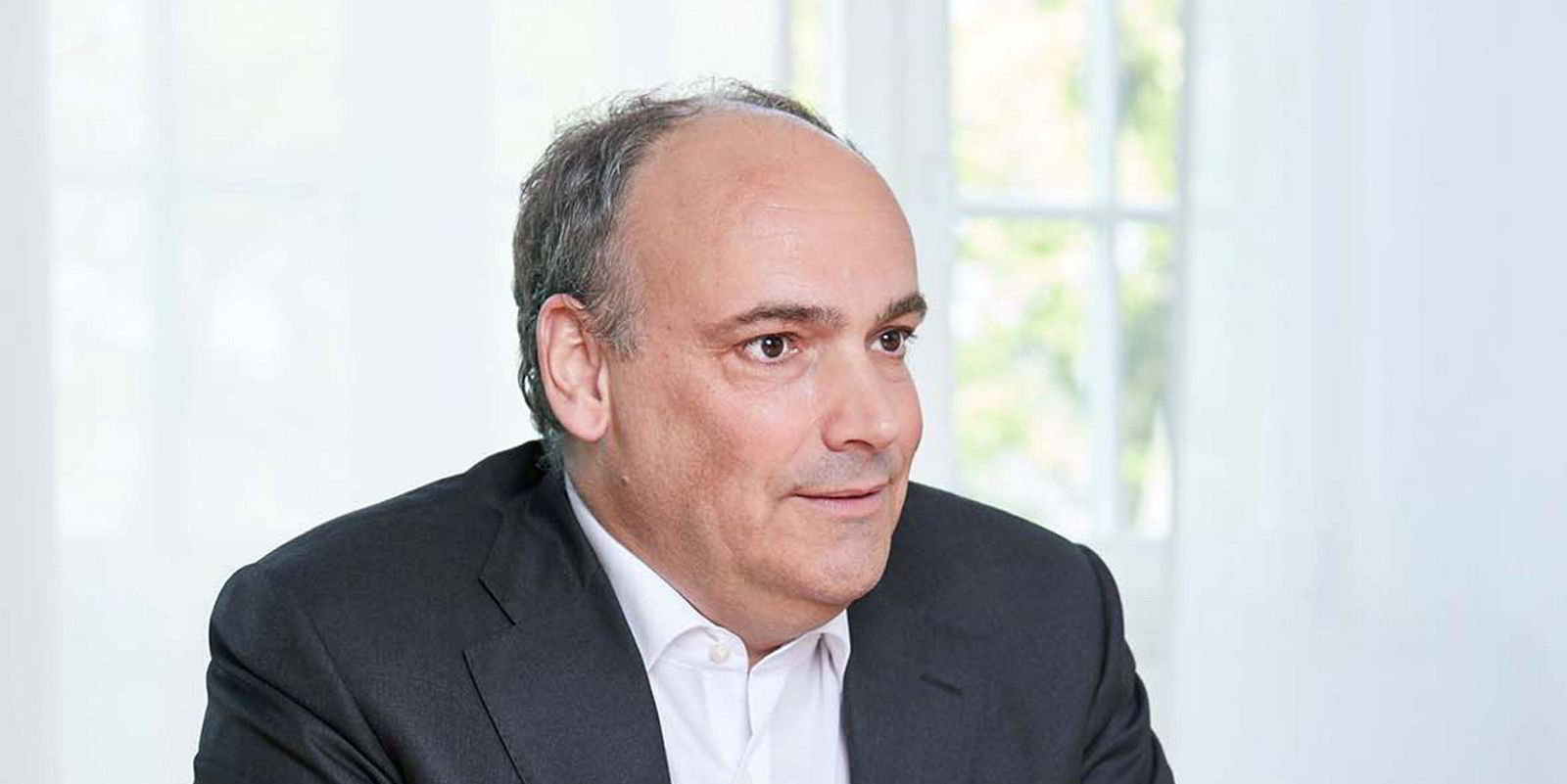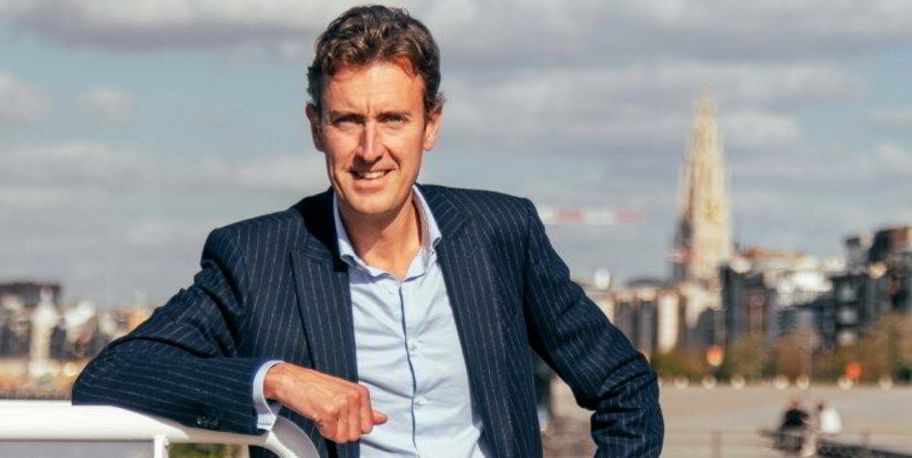German container ship giant Hapag-Lloyd is exploring options for the use of ammonia as a fuel in Europe and the US.
The owner has signed a deal with German fuel producer Mabanaft to examine bunkering in Hamburg and Houston.
The two companies want to assess the viability of safely handling green ammonia.
Hapag-Lloyd has not taken the plunge on either ammonia or methanol as a future fuel so far, unlike big rival AP Moller-Maersk, which is buying up green methanol supplies globally.
The German company has 12 huge 23,500-teu vessels on order at DSME in South Korea. These are dual-fuel LNG vessels.
Mabanaft is in the process of developing infrastructure in Hamburg for the import and supply of ammonia.
In November last year, the company said it would build Germany’s first large-scale green energy import terminal in Hamburg, together with project partner Air Products.
The idea is to provide hydrogen for the country in 2026.
Mabanaft is also a shareholder in Gulf Coast Ammonia, a production facility in Texas City scheduled for commissioning by mid-2023.
Hapag-Lloyd said that as part of its commitment to sustainability, the company is looking for reliable suppliers of zero-carbon fuels in key strategic ports.
An integral part of the energy mix?
Jan Christensen, senior director of global fuel purchasing at Hapag-Lloyd, said: “When produced with renewable energy, ammonia is a promising sustainable fuel that may become an integral part of the energy mix of future maritime shipping.
“We look forward to this partnership with Mabanaft and to jointly making progress on the industry’s path towards climate neutrality.”
Mabanaft is calling for a global policy framework that supports a range of processes to make ammonia an accessible zero-carbon fuel.
Tony Elliott, head of ammonia at Mabanaft, said: “Ammonia has the potential to play an important role in decarbonising the global maritime industry.
“It has a higher energy density compared to, for example, pure hydrogen and is more easily transported and stored.”




